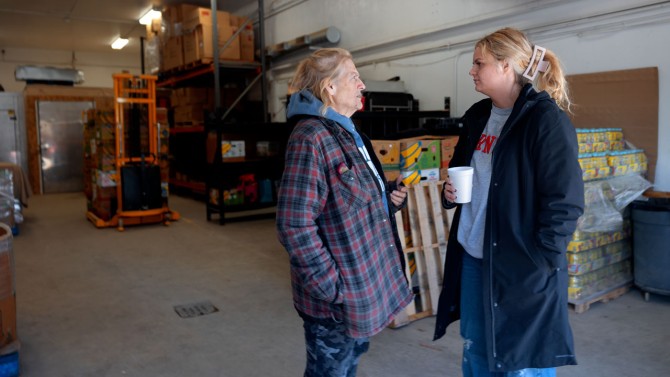The affordable housing shortage gripping regional Australia is blowing an economic hole in local economies worth hundreds of millions of dollars, as employers struggle to attract staff due to low vacancy rates and skyrocketing rents.
A special Impact Economics analysis of five regional economies commissioned by Everybody’s ³Ô¹ÏÍøÕ¾ for the jobs summit explores the connection between increased rents, low vacancy rates and unfilled job vacancies. The study examined the Queensland Sunshine Coast, NSW South Coast, Launceston-North East Tasmania, SA Fleurieu Peninsula and Geelong/Surf Coast in Victoria. It finds the shortage of affordable housing in these communities is undermining the capacity of employers to attract staff.
Community | Increase in rent since March 2020 | Low Income Households experiencing severe rental stress | Increase in Job Vacancies since March 2020 | Lost economic output due to vacant jobs (per year) |
Sunshine Coast | 36 per cent | 39 per cent (fifteen point increase since March 2020) | 259 per cent (1,415 to 3,678) | $786 million |
Geelong/Surf Coast | 17 per cent | 26 per cent (five point increase since March 2020) | 133 per cent (1,454 to 3,401) | $760 million |
Illawarra/South Coast | 41.7 per cent | 46 per cent (20 point increase since March 2020) | 113 per cent (1,333 to 2,848) | $642 million |
Fleurieu Peninsula | 48 per cent | 38 per cent (20 point increase since March 2020) | 119 per cent (426 to 932) | $201 million |
Launceston/North East Tas | 21 per cent | 36 per cent (7 point increase since March 2020) | 129 per cent increase (382 to 876) | $201 million |
“The chronic lack of affordable housing in regional Australia/community is more than a social crisis. It’s now a deep economic crisis as well,” said Kate Colvin, national spokesperson for the Everybody’s ³Ô¹ÏÍøÕ¾ campaign.
“The inability to find a rental and eye watering rent increases for the few places available is deterring people from taking up jobs in regional communities. Employers tell us constantly that prospective employees tell them they can’t move to the community if they can’t find a place to live.
“Our completely lopsided housing system is choking off the economic potential of regional Australia. The connection between housing and jobs needs to be at the very top of the agenda for the employment summit next week.
“Expanding social and affordable housing by building an additional 25,000 new dwellings per year would give people on modest incomes more choice. It would relieve serious pressure on our housing system and give regional communities the chance to flourish economically.
“We need a better balanced housing system that supports social inclusion and fosters economic growth. The housing needs of Australian workers warrant serious attention at the employment summit.”


/who-office-at-the-united-nations-(wun)/un-sc-dg.tmb-768v.jpg?sfvrsn=6720f3fc_1)





